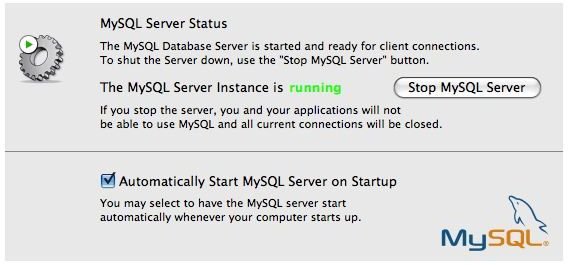

That’s it – now you’ve got a working Apache, MySQL and PHP setup on your Mac.In here you’ll see a folder named htdocs – this is where you can put your web/php files and then access via Open a Finder window and navigate to your Applications and then select the MAMP folder.You can also access the My Website link by entering the URL: If you click the My Website link you’ll be taken to the placeholder page for where you can put all of your web files.From here you can launch tools like phpMyAdmin – which you can also do by entering the URL: A browser window will open and display info about your Apache, MySQL and PHP settings.

TOOLS TO HELP INSTALL MYSQL ON MAC PRO
If you want you can check out the MAMP Pro features later. The first time you launch MAMP a window with info on MAMP Pro will appear.Once the installation has completed, open a Finder window and navigate to your Applications folder, select MAMP and then double-click MAMP.app to start MAMP.For the most part you’ll click Continue a bunch of times. MAMP works in versions macOS 10.12 and later (including macOS 11 “Big Sur”).
TOOLS TO HELP INSTALL MYSQL ON MAC HOW TO
If you decide to go the MAMP route instead of a virtual machine running LAMP – here’s how to install, setup and use MAMP on your Mac. You may want to review the documentation for Bitnami and the documentation for MAMP to decide which one best suits your specific needs. Depending on exactly what you want to do with AMP there may even be a specific Bitnami stack already completely configured – for example, WordPress. You can run LAMP (Linux, Apache, MySQL and PHP) in as a virtual machine via a Bitnami stack for VirtualBox (or VMware Player) and accomplish almost the exact same thing. This guide will show you how to quickly and easily install MAMP, so you can use Apache (and Nginx), PHP and MySQL on your Mac.Īlthough this guide was initially published in 2008, it has been updated to be current in 2021.īefore you go any farther, there is an alternative to installing MAMP that may accomplish the same thing (local access to AMP) but with more features.


 0 kommentar(er)
0 kommentar(er)
